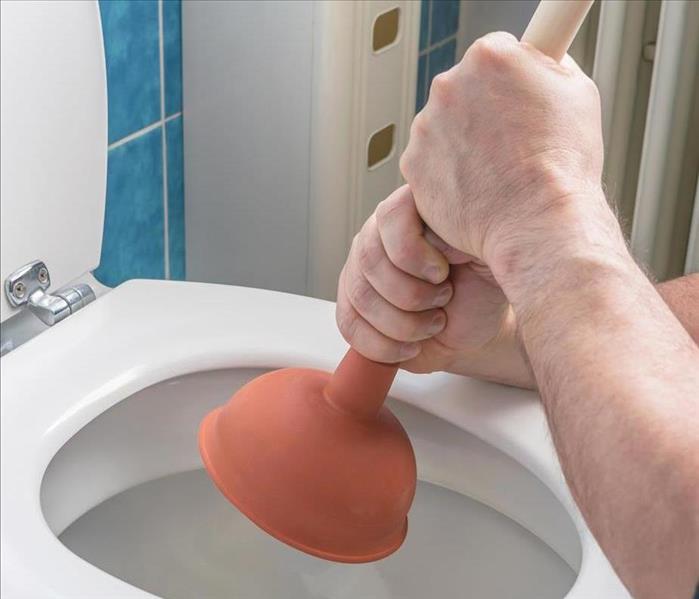6 Steps for Cleaning After Sewage Damage
5/25/2021 (Permalink)
A flood of clean water can do enough damage in your West Valley City, UT, commercial building, but a sewer backup manifests a different level of disaster. Thorough sewage cleanup must begin immediately for the well-being of your employees, building and overall business. Follow these tips for managing the problem safely and efficiently.
6 Tips for Managing Sewage Damage
1. Wear Personal Protective Equipment
First, it's essential to wear the proper PPE to keep yourself safe. Adequate PPE is also necessary to prevent cross-contamination into non-affected areas. This gear includes eye protection and a respirator to shield your face from contaminated water and chemical cleaners. Disposable gloves, shoe covers and coveralls are also very beneficial.
2. Investigate and Stop the Sewage Source
Find and stop the source of the sewage leak as soon as possible. If it's coming from a flooded toilet you may be able to solve the problem yourself. If it's the result of a sewer backup, hiring professionals to repair it is typically the safest option.
3. Eliminate Standing Water
After you've stopped the influx, the next step in the sewage cleanup process is eliminating the standing water. One of the safest and most efficient ways to do this yourself is using a wet/dry vacuum.
4. Remove Contaminated Materials
All contaminated items must be removed and discarded. These materials will probably include drywall and flooring.
5. Determine What's Salvageable
Anything porous that you can't get completely clean and dry within 48 hours will typically not be salvageable. Mold can begin growing within 24 hours of water exposure.
6. Clean and Dry Remaining Materials
Finally, you must thoroughly wash and dry all that remains. Hiring water damage restoration experts can ensure that the job is handled swiftly and correctly while keeping you safe. They'll use industrial equipment and professional inspection procedures to ensure your building is returned to its preloss condition.
Sewage cleanup is disgusting but essential work. Whoever is cleaning the area must manage the project with care to protect the well-being of your employees, property and ultimately your business.





 24/7 Emergency Service
24/7 Emergency Service
